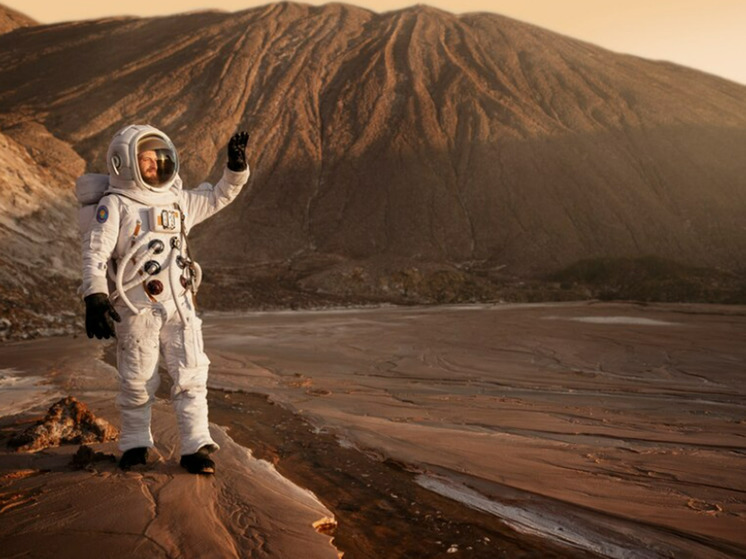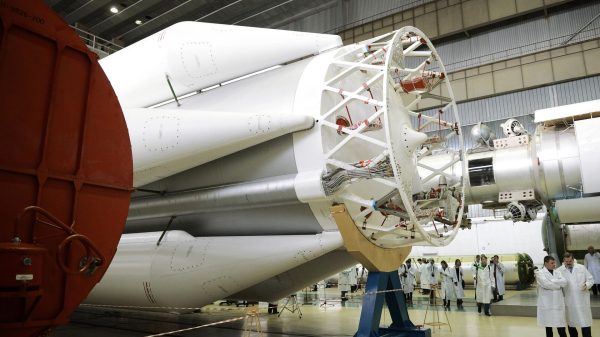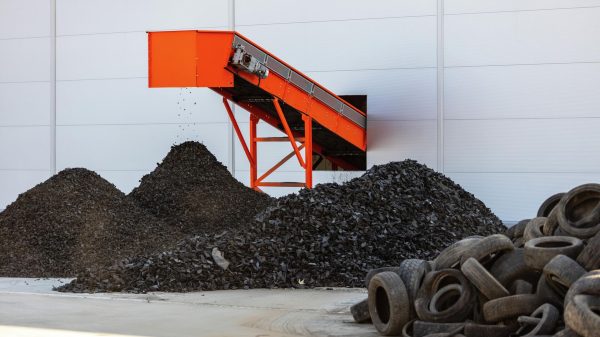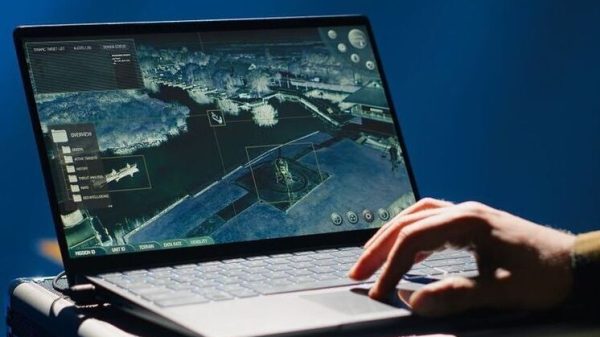“The entire process will be carried out without human intervention.”
The study found that it would take humanity a lifetime to create a habitable environment on Mars. A robot with artificial intelligence can perform the same task faster. Scientists will be able to calculate how long it will take for people to colonize the Red Planet.

A study published in Nature Synthesis found that an artificially intelligent robot could quickly solve the puzzle of how to supply the solar system's Mars with oxygen. Scientists also noted that he can find a solution to a problem in a shorter time frame than humans. Humanity will need its entire existence to complete such a task. According to other sources, Chinese experts call a period of 2 thousand years for the people themselves to solve the problem.
The reason, according to the article, is that there are over a million potential Oxygen Evolution Reaction (OER) catalysts on Mars, which would present too many obstacles for humans to work with when trying to create oxygen. In addition, everything could be aggravated due to an unstable connection with the Earth, since data transfer between the home planet and Mars would take up to 20 minutes.
“Oxygen supply must be a top priority for any human activity on Mars, as rocket fuel and life support systems consume significant amounts of oxygen that cannot be replenished from the Martian atmosphere,” — the authors believe.
Robots with artificial intelligence could be tasked with creating oxygen without human intervention, bypassing potential problems with the ability of humans to survive on the planet, the Associated Press reports.
“The entire process, including pre-processing of Martian ore, characterization, testing and, most importantly, finding the optimal catalyst formula, will be carried out without human intervention. Thus, we can conclude that a robotic chemist with artificial intelligence will be used with greater benefit for humanity and further colonization,” — shared by the authors.
The study suggests that instead of the time a human would spend on trial and error, AI robots could solve the puzzle within six weeks. Scientists believe that this is exactly how long it takes for the robot to build a predictive model, having studied almost 30 thousand theoretical data sets and 243 experimental data sets,” — summarized in the study.
The article was written thanks to a report published in Universe Today about work in the field of robot chemistry. According to him, significant progress has been made in this area of work in recent years. In one 2020 experiment, researchers used a mobile robot to improve the production of hydrogen from water.
Experts note that such technology could soon be used on another planet. They also believe it will pave the way for new discoveries in the field of space.
“Our research demonstrates that an advanced robotic chemist with artificial intelligence can synthesize OER catalysts on Mars from local ores without human intervention,” — say the study authors. They expect that the established protocol and system, which is universal and adaptive, will facilitate the automated discovery of materials and synthesis of chemicals for the settlement and exploration of other extraterrestrial planets.
Experts have begun to speculate on how to solve the oxygen crisis on the red planet for a long time. This happened because sending vital materials such as oxygen to Mars is extremely expensive, so being able to create it on the Red Planet could remove a major barrier to establishing future colonies.
There are other ways to get oxygen on the fourth planet farthest from the sun, which are probably more efficient. NASA's Mars rover Perseverance recently demonstrated that it is capable of producing oxygen on Mars from carbon dioxide in the air — very rich resource on the planet. But this option did not seem particularly productive to scientists who are looking for other alternative ways to quickly create it. To do this, we need to look for a solution from what the planet we are interested in offers.
The robot's artificial intelligence has already analyzed the composition of Martian meteorites using powerful lasers and studied more than 3.7 million formulas to find out what combination of elements will work as a catalyst for the production of oxygen. Once a path was found, the AI experimented on Martian meteorites in a laboratory using a robotic arm to test whether its theory was correct. In just two months, he was able to create a chemical catalyst that effectively converted water into oxygen.






















































Свежие комментарии